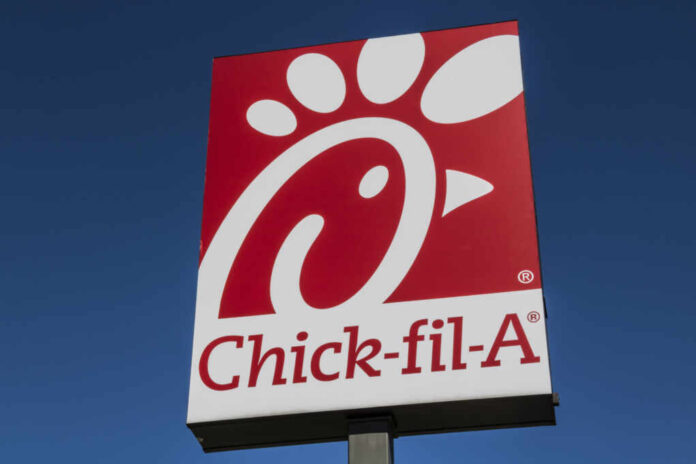
Chick-fil-A is making waves online after announcing that they intend to move away from their previous commitment to serving antibiotic-free chicken in their restaurants.
“To maintain supply of the high-quality chicken you expect from us, Chick-fil-A will shift from No Antibiotics Ever (NAE) to No Antibiotics Important To Human Medicine (NAIHM) starting in the Spring of 2024,” the company said on its website.
Other chains have also moved back toward using antibiotics in their meat. Panera decided ahead of their Initial Public Offering (IPO), projected for sometime in 2024, that they would remove phrases like “No Antibiotics Ever,” “Vegetarian Fed,” “Grass Fed Pasture Raised,” “Animal Welfare,” and any mention of “Hormones” from their stores and marketing by March 27 of this year.
Historically, the meat industry has used antibiotics liberally as both a growth booster and a preventative measure. Heavy antibiotic use helped animals put on weight much faster, in addition to allowing producers to avoid dealing with sickness on a more targeted level in huge factory farming operations.
However, overuse of antibiotics in both humans and animals has fallen out of favor in recent years due to research showing that antibiotic use can lead to the development of antibiotic-resistant strains of bacteria commonly referred to as “superbugs.”
Later research also suggested that people could start picking up superbugs from their food, especially meat treated with constant antibiotics for their entire lifetimes— optimal conditions for antibiotic-resistant bacteria to form.
https://www.youtube.com/watch?v=iRt36yN_koE
Because of concerns over antibiotic use, many companies, including Chick-fil-A, started promoting their meat as NAE.
Now, they’re moving from NAE chicken to NAIHM, or No Antibiotics Important To Human Medicine, due to concerns about supply.
Avoiding antibiotics used for humans helps prevent superbugs that are resistant to antibiotics people might take, consumers still have reservations, and for good reason.
Tyson, one of the country’s top chicken producers, also provides NAIHM chicken and uses antibiotics like ionophores, which aren’t used in human medicine, but accelerate the growth of the animals. Using antibiotics and hormones to accelerate animals’ growth has long been a source of ethical, health and even quality concerns.
With animal welfare concerning some consumers, and concerns like less tender meat or woody breasts rankling others, many are suspicious of antibiotic use making its way back to the mainstream.
And while Chick-fil-A claims that they’ll only use antibiotics when animals are sick, it’s easy to see it getting out of hand. Factory farming operations are rife with disease due to the close quarters animals are kept in, and producers rarely take the time to isolate sick animals for treatment.
While it’s not quite the same as medication from the day they’re hatched, sickness will make its way into NAIHM flocks, which will then all be given antibiotics, generally in the animals’ food or water. The round of antibiotics will weaken the birds’ immune systems, and the cycle will start again quickly.
Of course, the chickens will keep breeding superbugs, but as long as they can’t transfer to humans, they’ll be overlooked until they can’t be overlooked any longer.
The proliferation of chicken-specific superbugs could even lead to bigger problems for the food supply as a whole. Going back to encouraging antibiotic use is likely to create problems like those seen in ever-growing avian flu outbreaks, causing more strain on food supply chains.
Consumers aren’t happy about Chick-fil-A’s decision, and are taking to the internet to talk about it.
“Just wanted to let you know that Chick-fil-A just walked back their NO ANTIBIOTICS EVER rule for their chicken,” Alex Clark, a conservative podcast host, wrote on the social media site X. “You have got to stop eating there.”
Chick-fil-A going back on their no antibiotics ever commitment was not on my bingo card. Its been a good run. #Chickfila pic.twitter.com/WLacIqgVe5
— Gorgeous🥰 (@Gorgeousaiko_) March 23, 2024
While this decision won’t cause many short-term problems — unless you happen to be a chicken — the long term effects are impossible to predict. For now, consumers might want to find a local farmer to source their chicken from, and avoid fast food chains.

































